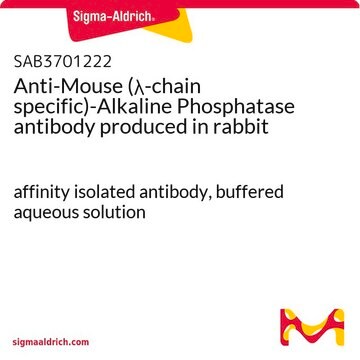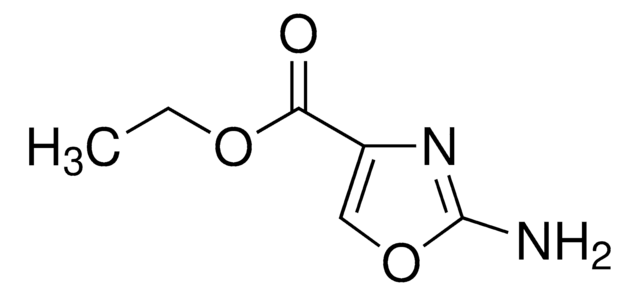774022
Yttrium(III) oxide
sputtering target, diam. × thickness 2.00 in. × 0.25 in., 99.99% trace metals basis
Sinonimo/i:
Yttria
About This Item
Prodotti consigliati
Saggio
99.99% trace metals basis
Forma fisica
powder
Impiego in reazioni chimiche
core: yttrium
diam. × spessore
2.00 in. × 0.25 in.
Punto di fusione
2410 °C (lit.)
Densità
5.01 g/mL at 25 °C (lit.)
Stringa SMILE
O=[Y]O[Y]=O
InChI
1S/3O.2Y
SIWVEOZUMHYXCS-UHFFFAOYSA-N
Cerchi prodotti simili? Visita Guida al confronto tra prodotti
Applicazioni
Yttrium oxide sputtering target can be used for physical vapor deposition of thin films of yttria stabilized zirconia layers for IT-SOFC. Yttrium containing films are used as thermal barrier and protective coatings in thermoelectric devices, rare earth doped yttrium oxide films are studied for phosphor applications.
Codice della classe di stoccaggio
13 - Non Combustible Solids
Classe di pericolosità dell'acqua (WGK)
WGK 1
Punto d’infiammabilità (°F)
Not applicable
Punto d’infiammabilità (°C)
Not applicable
Certificati d'analisi (COA)
Cerca il Certificati d'analisi (COA) digitando il numero di lotto/batch corrispondente. I numeri di lotto o di batch sono stampati sull'etichetta dei prodotti dopo la parola ‘Lotto’ o ‘Batch’.
Possiedi già questo prodotto?
I documenti relativi ai prodotti acquistati recentemente sono disponibili nell’Archivio dei documenti.
I clienti hanno visto anche
Articoli
Nanocomposite Coatings with Tunable Properties Prepared by Atomic Layer Deposition
Spintronics offer breakthroughs over conventional memory/logic devices with lower power, leakage, saturation, and complexity.
Nanomaterials are considered a route to the innovations required for large-scale implementation of renewable energy technologies in society to make our life sustainable.
The properties of many devices are limited by the intrinsic properties of the materials that compose them.
Il team dei nostri ricercatori vanta grande esperienza in tutte le aree della ricerca quali Life Science, scienza dei materiali, sintesi chimica, cromatografia, discipline analitiche, ecc..
Contatta l'Assistenza Tecnica.







![Poly[4,5-difluoro-2,2-bis(trifluoromethyl)-1,3-dioxole-co-tetrafluoroethylene] dioxole 87 mol %](/deepweb/assets/sigmaaldrich/product/structures/951/320/21327fcd-4960-402d-8ae1-bf2e379cb2e2/640/21327fcd-4960-402d-8ae1-bf2e379cb2e2.png)

